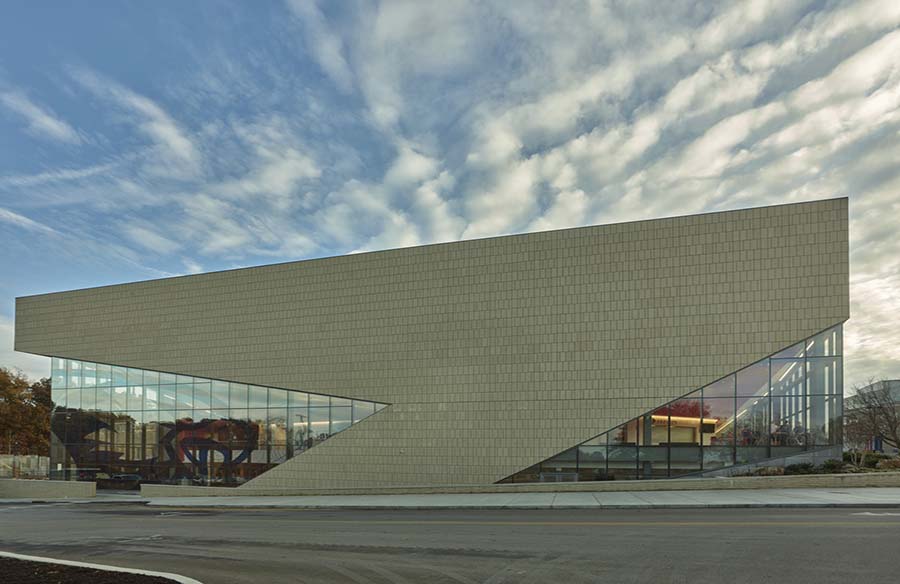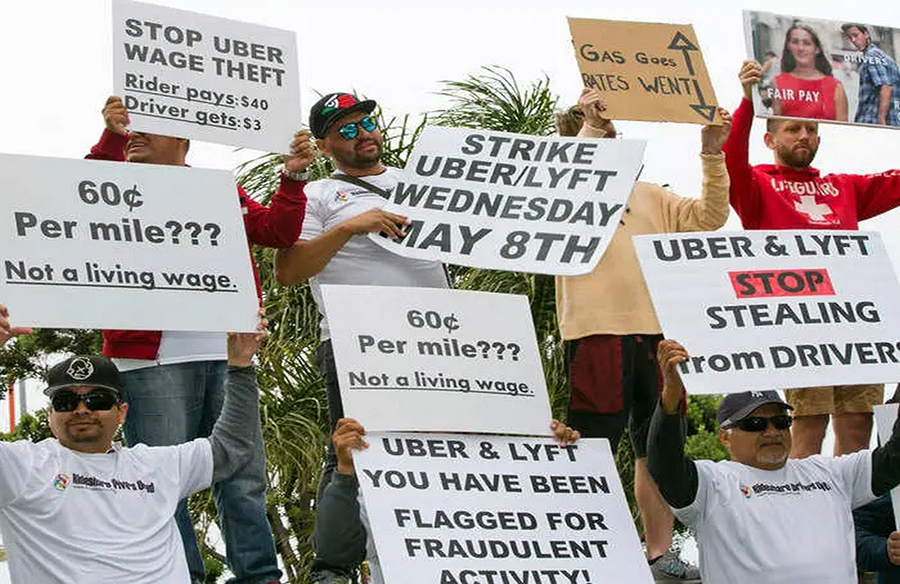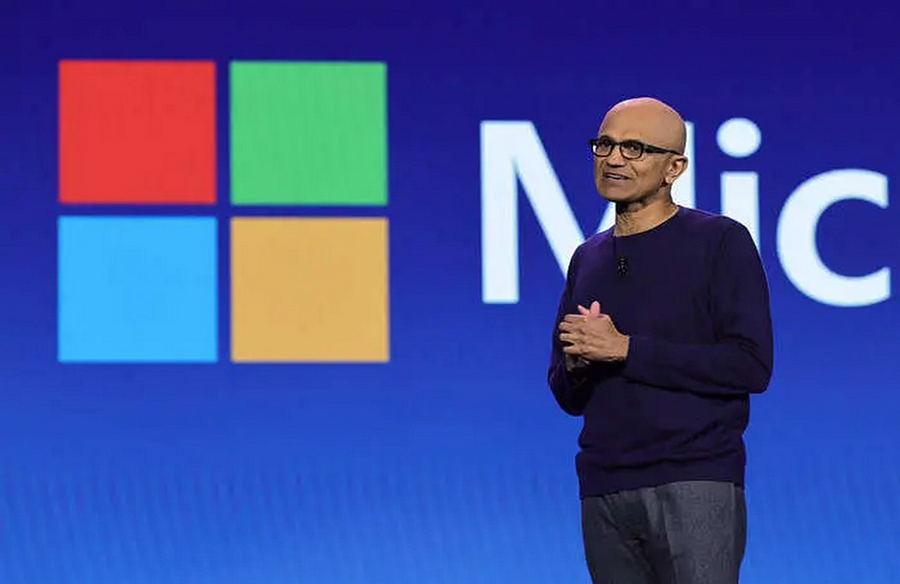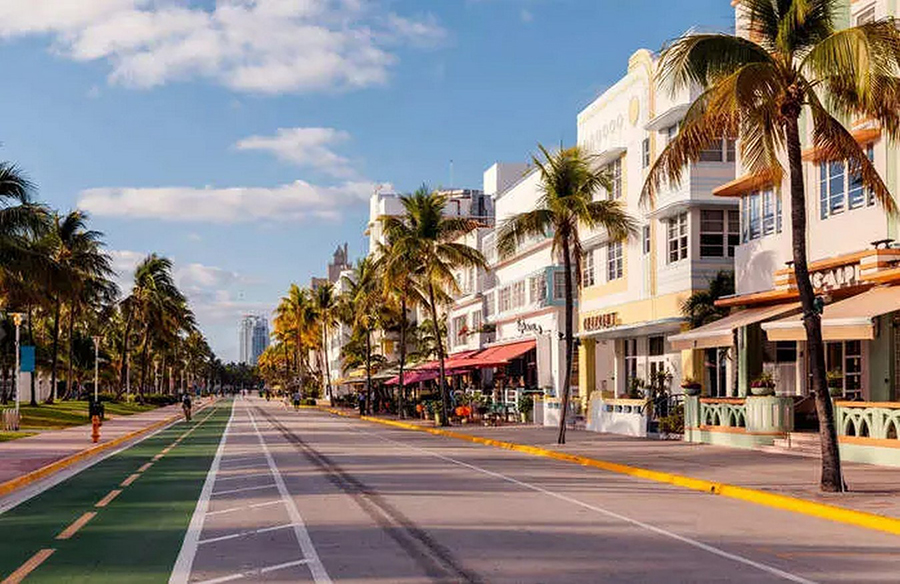California’s Minimum Wage Hike: Impact and Implications

Shifting Dynamics in the Fast-Food Industry
California’s decision to raise the minimum wage for fast-food workers to $20 per hour signals a significant shift in wage policies within the state. Effective April 1, limited-service restaurant chains with a national presence of at least 60 outlets will be mandated to adhere to this wage standard, representing a 25% increase from the state’s general minimum wage of $16 per hour. While this move directly affects the fast-food sector, its repercussions are anticipated to reverberate across various industries, prompting broader discussions on labor competition and wage inflation.
Ripple Effects Across Industries
Industry analysts foresee a domino effect stemming from the wage increase, extending beyond fast-food establishments to encompass a wide array of businesses vying for a similar pool of labor. Brian Vaccaro, an analyst at Raymond James, suggests that heightened wage competition could lead to inflationary pressures across sectors, as companies endeavor to retain and attract talent in a competitive job market. Consequently, businesses with hourly-paid employees, such as convenience stores, may find themselves compelled to enhance their compensation packages to remain competitive in the labor landscape.
Wage Competition and Market Dynamics
As limited-service restaurants adjust their wage structures to comply with the new mandate, other employers may find themselves obliged to follow suit to remain viable in the labor market. Danilo Gargiulo, an analyst at Bernstein, underscores the inevitability of wage adjustments, emphasizing the principles of market economics. The notion that businesses across industries will have to adopt similar wage standards underscores the profound impact of California’s wage policy on broader labor dynamics.
Long-Term Implications and Adaptation
California’s legislation also introduces provisions for annual wage adjustments, permitting the fast-food council to raise the minimum wage by up to 3.5% per year, reflecting changes in inflation rates. While fast-food and fast-casual chains have indicated intentions to offset increased labor costs through menu price adjustments, the long-term implications for wage inflation and consumer spending remain subjects of ongoing scrutiny.
Diverse Perspectives within the Hospitality Industry
The legislation’s impact extends beyond fast-food chains to encompass a vast hospitality industry comprising diverse culinary offerings and service models. While limited-service restaurants grapple with wage adjustments, full-service establishments remain relatively silent on the potential impacts on their operations and pricing strategies. However, insights from industry insiders suggest potential wage adjustments for back-of-house workers and reevaluation of tipping practices to mitigate labor costs.
A Nuanced Landscape of Labor Dynamics
Despite the allure of higher wages in the fast-food sector, questions linger regarding the desirability of transitioning from full-service restaurant roles to fast-food positions. Analysts point out inherent differences in job responsibilities and workplace dynamics, highlighting potential reluctance among skilled culinary professionals to pivot to roles emphasizing speed and efficiency over culinary craftsmanship.
Conclusion: Navigating a Shifting Labor Landscape
California’s minimum wage hike for fast-food workers reflects broader shifts in labor dynamics and wage policies across industries. While the immediate impact is felt within the fast-food sector, the long-term implications extend to diverse sectors, prompting businesses to adapt to evolving market conditions. As stakeholders navigate these changes, the need for proactive strategies to attract and retain talent remains paramount in fostering sustainable growth and competitiveness in the evolving labor landscape.


 English
English 






























































































































































































































































































































































